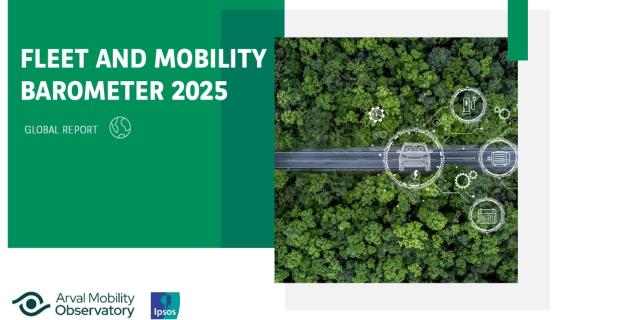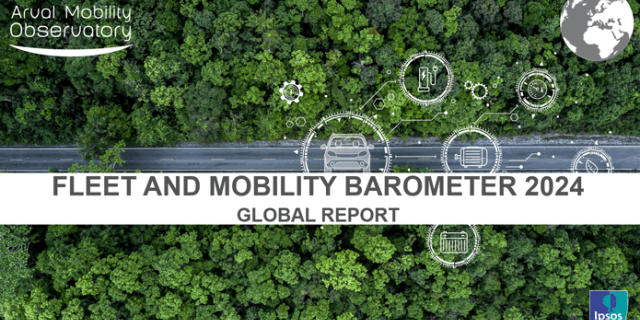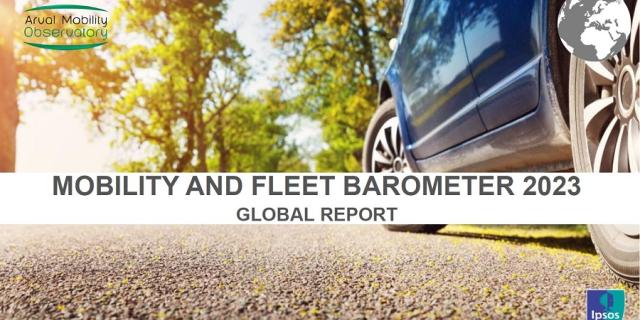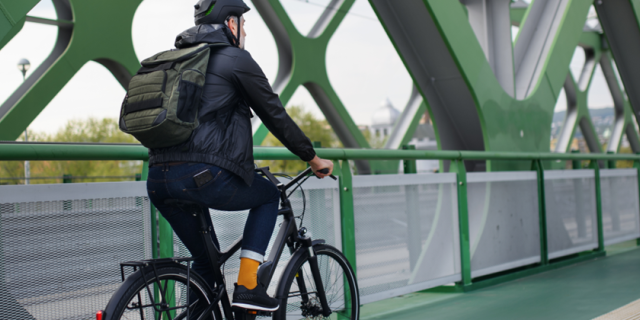Mobility and Real Estate
The mobility revolution continues to expand its impact on industries and our lives. It is now also changing our built environment.
Mobility has been influenced by megatrends such as connectivity, the sharing economy and sustainability concerns. In turn, it has changed the way we think about moving around.
But these same trends now are also shaking the real estate sector, which for a century has focused on building more and more automobile infrastructure, such as giant parking lots.
Today, mobility requires infrastructure adaptations.
The inclusion of drop off zones for shared modes of transport, charging points for electric vehicles, scooters and bikes, equipment for driverless machines and even sky ports for flying cars are just some of the new factors that developers can’t overlook anymore.
While digesting such advancements is not an easy task for builders, they also now have to embrace the additional impact from Covid-19 – such as new working schedules and remote-working lifestyles. This disrupts not only the way we move in cities, but also the way we build them.
Remote work is not new but its rapid expansion across the service sector is changing the mobility needs of employees and forces real estate developers to fast-forward their plans to build more integrated communities.
Today, most cities have distinct residential areas and business districts. The future is much more “heterogeneous”.
Imagine a former office tower transformed into flats, shops, schools, public services and – of course – shared offices. The flexibility and reversibility of spaces is key to ensure the development of a sustainable real estate lifecycle.
This is the future awaiting us, which involves much greater flexibility, including for transportation.
The 15-minute city principle, or ‘la ville du quart-d’heure’, is a concept pioneered by Jane Jacobs and being implemented in Paris.
The concept includes conversions of underused, single-purpose properties, such as parking, schools, and offices, and extensions of their operating time by expanding their functionality.
For example, one part of a public underground parking could be used to access shared vehicles. Another part could be used as a small logistics hubs for delivery companies, while another could welcome residents looking for fresher air during hot summers.
Our imagination is the only limit to finding new applications for urban infrastructure to improve public’s life.
From an office perspective, it is important to adapt to the way employees want to commute. An increase in interest in bike schemes should be met with new equipment such as lockers, showers and charging points for e-bikes.
As employers, we have a great responsibility to accelerate the transition toward more sustainable modes of transport. A fleet management strategy can impact thousands of households in areas where moving efficiently is challenging.
Commute time is one of the main reasons why some people are reevaluating their plan to stay in cities where the cost of living is high and their physical presence in an office suddenly less relevant.
For the first time in almost a century, some of the biggest cities in Europe are losing residents.
But actually, these urban exiles are not relocating to isolated countrysides, but to other cities – smaller cities that still provide the benefits aligned with adapted expectations such as proximity with nature, safety or culture. Cities aren't dying, they are equalising.
This rebalancing influences how companies provide workspaces for their staff. The first impact is a decrease in office footprint in major urban areas, allowing firms to occupy smaller spots in prime locations.
Thierry Laroue-Pont, CEO BNP Paribas Real Estate:
Our clients want less space but better localised. As corporates expect to decrease their office surface, they can afford more expensive workspaces in prime locations.In response to Covid-19, we also noted new requirements in terms of office features such as more space for more face-to-face interactions, meetings and innovation, less density, openable windows, outside areas, air recycling systems, rooftops, and squares to meet outside.
The second is the inclusion of decentralised and most likely shared offices for some employers to get closer to their staff.
Companies will likely decrease their office footprint in cities in favour of prime, more attractive locations.
The purpose of our workplaces will shift from being a place of production to being a place of innovation.
Staff will expect to meet colleagues and clients and engage with them to get a value difficult to replicate at home: physical interactions.
Restrictions limiting cars in city centres, the increase of shared modes of transportation, and the rise in usage of personal small electrified vehicles like e-bikes will mean existing infrastructure needs to change.
For companies, this means implementing mobility hubs offering multiple modes of transport such as carsharing and bikesharing.
For individuals, just as garages have become extra offices and storage areas, driveways and multi-lane streets might just become new city parks.
BNP Paribas Real Estate :
The decrease of vehicles in city centres also offer new opportunities for large public and corporate (underground) parking. Parking operators are engaging discussions with real estate developers on how to evolve their offerings and assets with new urban and mobility trends. We are exploring reconversion ideas such as fresh public spaces when it is too hot outside, storage and logistics hubs for parcel deliveries. We also discuss vast underground parking previously exclusive to corporate employees to be shared not only during workdays but also during nights and weekends. Charging points, parcel boxes, car sharing, lockers, docks for bikes and showers are examples of new equipment that will be standard soon to accompany mobility evolutions.
Mobility is changing and this time real estate must follow. As the pandemic has accelerated the evolution of some of pre-existing transportation needs, developers, building managers,
owners and investors have to keep up to seize new opportunities and improve economies, ecology and quality of life.
Have your mobility habits change in the past year?













